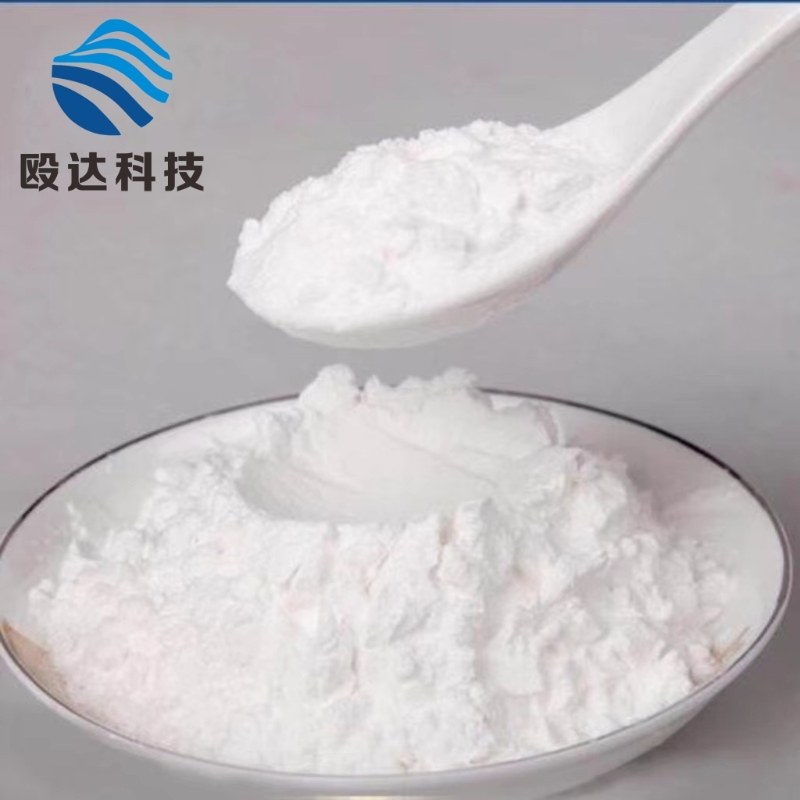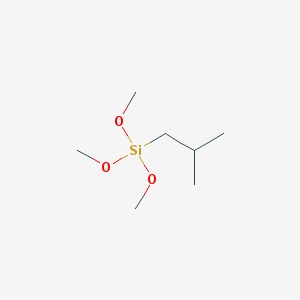-
Categories
-
Pharmaceutical Intermediates
-
Active Pharmaceutical Ingredients
-
Food Additives
- Industrial Coatings
- Agrochemicals
- Dyes and Pigments
- Surfactant
- Flavors and Fragrances
- Chemical Reagents
- Catalyst and Auxiliary
- Natural Products
- Inorganic Chemistry
-
Organic Chemistry
-
Biochemical Engineering
- Analytical Chemistry
- Cosmetic Ingredient
-
Pharmaceutical Intermediates
Promotion
ECHEMI Mall
Wholesale
Weekly Price
Exhibition
News
-
Trade Service
Vancomycin is a glycopeptide antibiotic that is used to treat a variety of bacterial infections.
The production process of vancomycin involves several steps, including the isolation and purification of the raw materials, the synthesis of the peptide backbone, and the attachment of the sugar residues.
In this article, we will take a closer look at the production process of vancomycin, including the chemical reactions and techniques used to synthesize this important antibiotic.
Isolation and Purification of Raw Materials
The production of vancomycin begins with the isolation and purification of the raw materials.
The main raw materials used in the production of vancomycin are the amino acids L-alanine, L-asparagine, and L-glutamic acid.
These amino acids are used as building blocks to synthesize the peptide backbone of vancomycin.
In addition to these amino acids, the production of vancomycin also requires the use of the sugar residues 2,3,6-trideoxy-3-C-methyl-α-L-arabino-hexopyranoside and 2,3,6-trideoxy-3-C-methyl-α-L-arabino-hexuronic acid.
These sugar residues are attached to the peptide backbone to form the glycopeptide antibiotic.
Synthesis of the Peptide Backbone
Once the raw materials have been purified, the next step in the production process is the synthesis of the peptide backbone.
This involves the condensation of the amino acids to form the peptide chain.
The peptide chain is then activated by the addition of a phosphate group to the terminal amino acid.
This allows the peptide chain to be linked to the sugar residues that will be added later.
Attachment of the Sugar Residues
The final step in the production process is the attachment of the sugar residues to the peptide backbone.
This involves the condensation of the sugar residues with the activated peptide chain.
The resulting glycopeptide antibiotic is then purified to remove any impurities that may have been introduced during the production process.
Challenges in Production
The production of vancomycin presents several challenges, including the cost and scarcity of the raw materials, the difficulty in purifying the glycopeptide antibiotic, and the need for a high level of sterility during the production process.
These challenges require a high level of expertise and technology to overcome, and the production process must be carefully monitored to ensure the purity and effectiveness of the final product.
Future Directions
Despite the challenges involved in its production, vancomycin remains an important antibiotic in the treatment of bacterial infections.
As research continues, new techniques and technologies may be developed to improve the production process and make it more efficient and cost-effective.
In addition, efforts may be made to develop new glycopeptide antibiotics with improved efficacy and safety profiles.
Conclusion
The production process of vancomycin involves the isolation and purification of raw materials, the synthesis of the peptide backbone, and the attachment of the sugar residues.
The resulting glycopeptide antibiotic is used to treat a variety of bacterial infections.
The production process presents several challenges, including the cost and scarcity of the raw materials, the difficulty in purifying the glycopeptide antibiotic, and the need for a high level of sterility during the production process.
As research continues, new techniques and technologies may be developed to improve the production process and make it more efficient and cost-effective.







